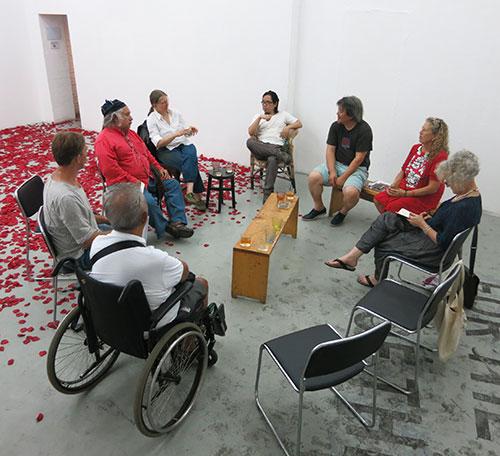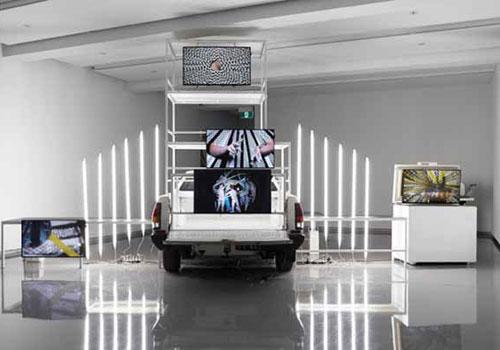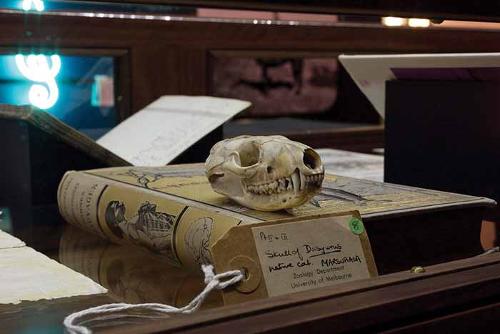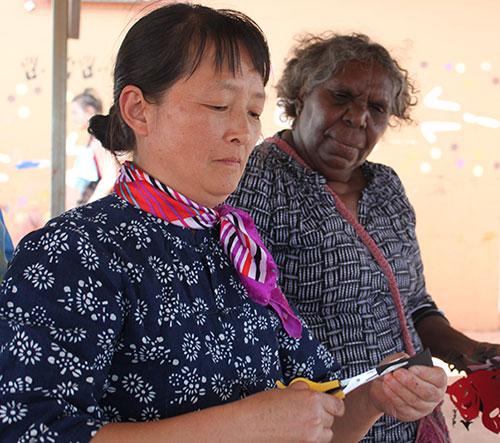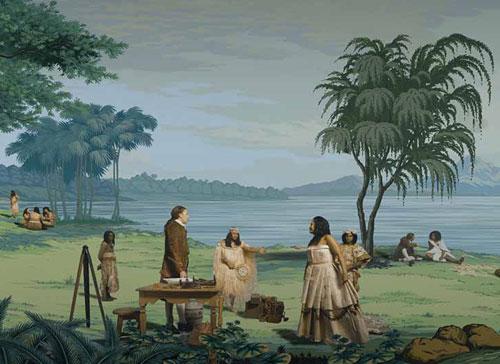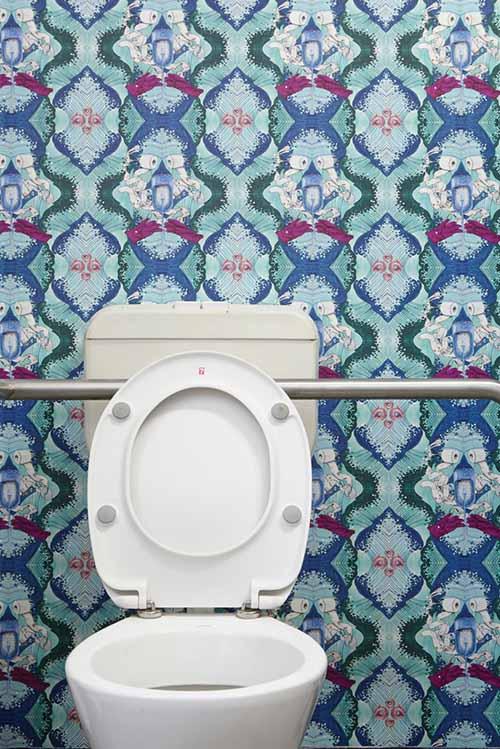
The museum without a home inhabits various spaces across the city for short periods moving to locations that reflect its changing needs. This is the current mode of operation for M+, and may continue to be as the opening date for its architectural feat continues to move back with each passing year. In some ways a migratory museum is the perfect kind for Hong Kong, its history as a major port established it as a place where some pass through and others stay.
The meditation by filmmakers such as Clara Law on its transient population in the 1980s and 1990s is used as a point of departure for Mobile M+: Moving Images, a two-part exhibition and film program. Associate Curator of Moving Image, Yung Ma drew this period together with contemporary artists from across the globe exploring similar hopes and dreams for homes and (porous) borders.
My visit to Hong Kong was too brief to take in the film program, but it was provoking to note that some works presented in the exhibition were also screened in the cinema program. It was a useful way to draw out the difference between the moving image and the static viewer in the cinema, and stationary artworks and the mobile audience in an exhibition space.
The majority of the exhibition was elegantly installed across two levels of Midtown Pop in Causeway Bay. Dominique Gonzalez-Foerster's melancholic 35mm-footage of Victoria Harbour in Central (2001) was set against the crisp view of the cityscape seen through the large glass windows while Simryn Gill’s photographic series Forest (1996-98) brought some of the region’s humidity and fast-paced growth into the raw concrete and white-walled exhibition spaces.
Works such as Charles Lim’s SEA STATE: Drift (Rope Sketch) (2012) questioned the arbitrary lines of national borders poetically. The work pans out from a tight shot of a single piece of rope on the sea to reveal it is not tied to anything, simply floating somewhere between Singapore and Malaysia. Others were more explicit in their critique, for example Chen Chieh-jen’s Empire’s Borders I (2008–09) re-enacts discrimination faced by Taiwanese applying for US visas.
As an exhibition concerned with how artists convey movement CAMP’s From Gulf to Gulf (2013) and Isaac Julien’s Ten Thousand Waves (2010) were key in their use of multiple types of footage. Julien weaves together the history of Shanghai cinema with surveillance footage from an unsuccessful rescue operation of Chinese cocklepickers in Morecambe Bay, England while high definition pans across Sharjah port are inter-spliced by CAMP with footage from mobile phone cameras taken by Kutch sailors of everyday life on board the boats travelling to and from the Persian Gulf, Gulf of Aden and Somali Coast. In both these works the politics of the image, how the type of image has a relationship to what it is able to depict, came to bear.
Two major installations by Zhang Peili and Julien were situated in the historic Cattle Depot Artist Village in To Kwa Wan on the mainland, close to the location of the future M+ site. There I witnessed an international curator wave down multiple taxis each refusing to take him back to the island, a pertinent reminder that while Hong Kong is a city built on migration, movement can very easily become restricted.

